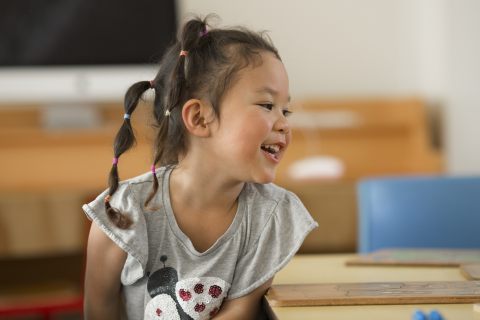If you’re thinking about enrolling your child in an early education centre like a kindergarten, you may not have heard about the early childhood curriculum, Te Whāriki yet. Or perhaps you’ve heard parents or teachers talking about Te Whāriki, or seen a poster about it on a wall. But what does it mean for your child, and how does it affect their experience in an Early Childhood Education centre or kindergarten?
The best thing about Te Whāriki is knowing that it’s grown out of the combined experience and knowledge of parents, teachers, academics, health professionals and lots of other people who know and understand young children. It’s been developed over a long time, and it’s still evolving. Te Whāriki – the Early Childhood Education Curriculum is the set of guidelines developed and approved by the Ministry of Education that shapes the experience that every early childhood service gives to your child. The Curriculum is woven into every programme, learning activity and play experience you and your child will be involved with.
Te Whāriki makes your child the central point, recognising and encouraging the knowledge, skills, and attitudes that they bring to every situation each day. And it’s not just about what happens at the early learning centre. Learning begins at home, and early childhood programmes recognise this fact. So you’ll find that your family and whānau is invited to be involved at every stage. Te Whāriki appreciates that all the relationships, environments, communities and experiences your child moves through every day have an impact on how they learn and develop as young people.
The thinking behind the Curriculum is that every child should ‘learn to learn’, be a confident communicator, be healthy and happy, know they belong, and are valued. The detail around how this happens is laid out in five ‘strands’: wellbeing, belonging, contribution, communication and exploration. Each strand has a set of goals designed to support each and every child in Aotearoa/New Zealand. The strands and goals help and support every area of the learning experience – from the ‘big stuff’ like listening, talking, reading and writing, all the way to learning about colours, numbers, the alphabet and writing their name.
So you’ll find yourself in a partnership with early learning teachers, other parents and your community – working together to help your child learn and grow. You’ll be actively encouraged to join in with the programmes and activities your child is learning about during the day. There will be times when the whole community comes together, for example to celebrate a special event. You’ll find teachers writing ‘Learning Stories’ and putting them in your child’s portfolio. Auckland Kindergartens also use Storypark (ePortfolios) which allow you to contribute, share information with your family securely, and use media like video and audio to enrich your child’s learning.
Whether at home, in an early childhood centre or out in the community, every situation presents your child with opportunities to ‘make sense of’ their world and how they fit in to it. These opportunities can be used every day to enrich your child’s life and give them the knowledge, skills, attitudes, learning habits and emotional strength they need to tackle new challenges. And it’s important that learning experiences match your child’s abilities at every step of their journey from birth to 8 years of age. Talk to the teachers at your early childhood centre or kindergarten about all the ways Te Whāriki can help you and your child over the next few years, and what you can do at home to support learning.
Here are some links if you wish to read more detailed information on Te Whāriki:
http://www.education.govt.nz/early-childhood/teaching-and-learning/ece-c…
http://parents.education.govt.nz/early-learning/learning-at-an-ece-servi…
http://www.education.govt.nz/assets/Documents/Early-Childhood/te-whariki…
http://www.ero.govt.nz/publications/working-with-te-whariki/introduction

